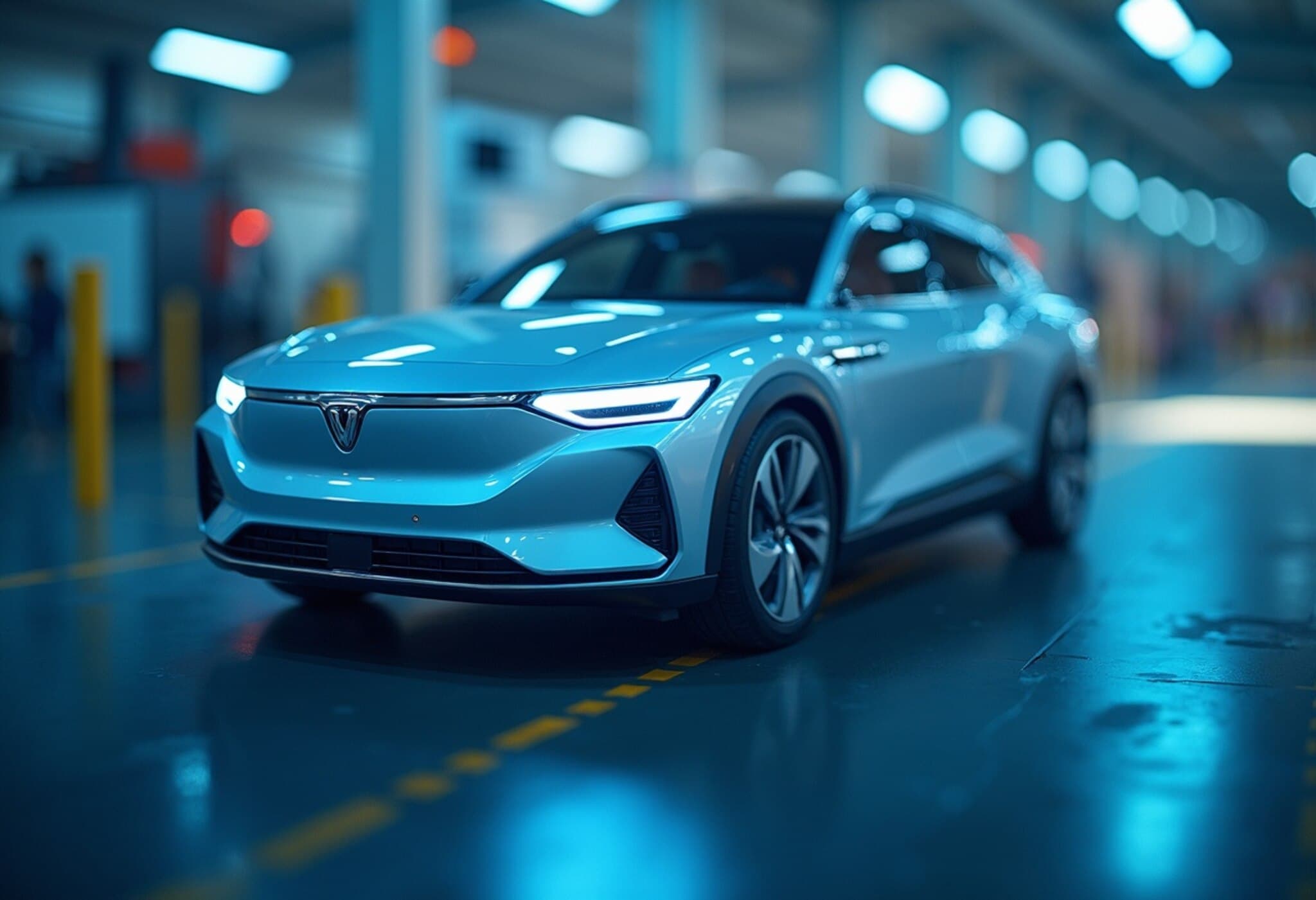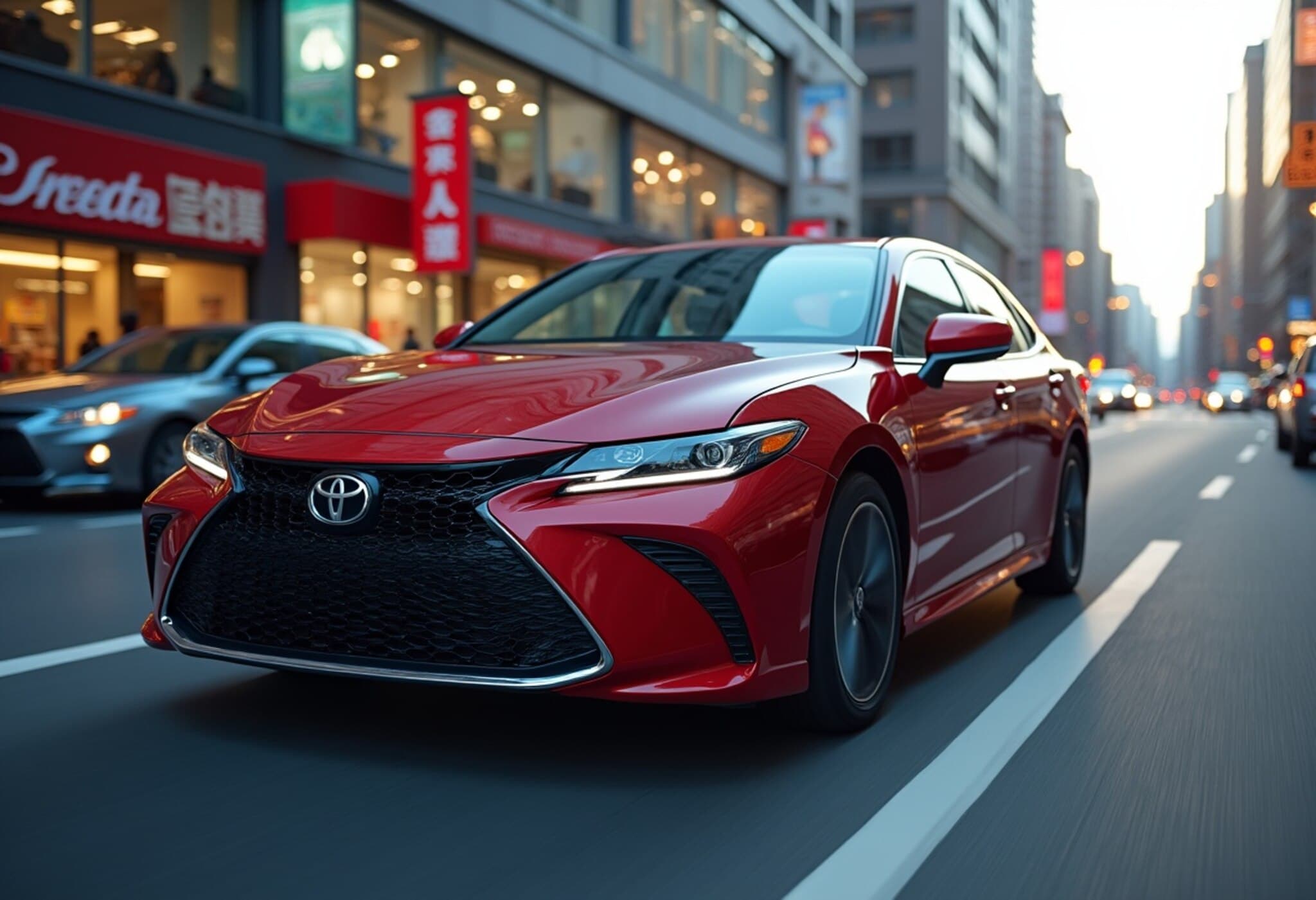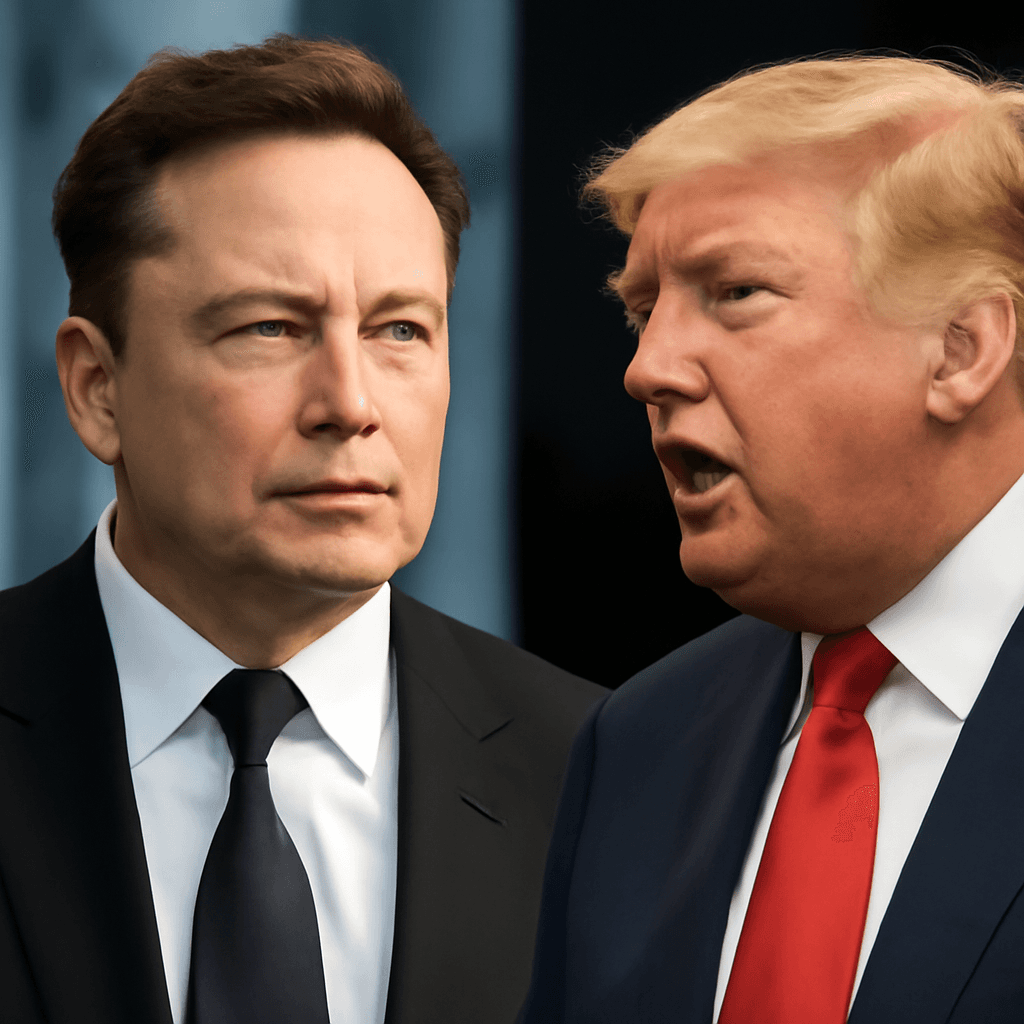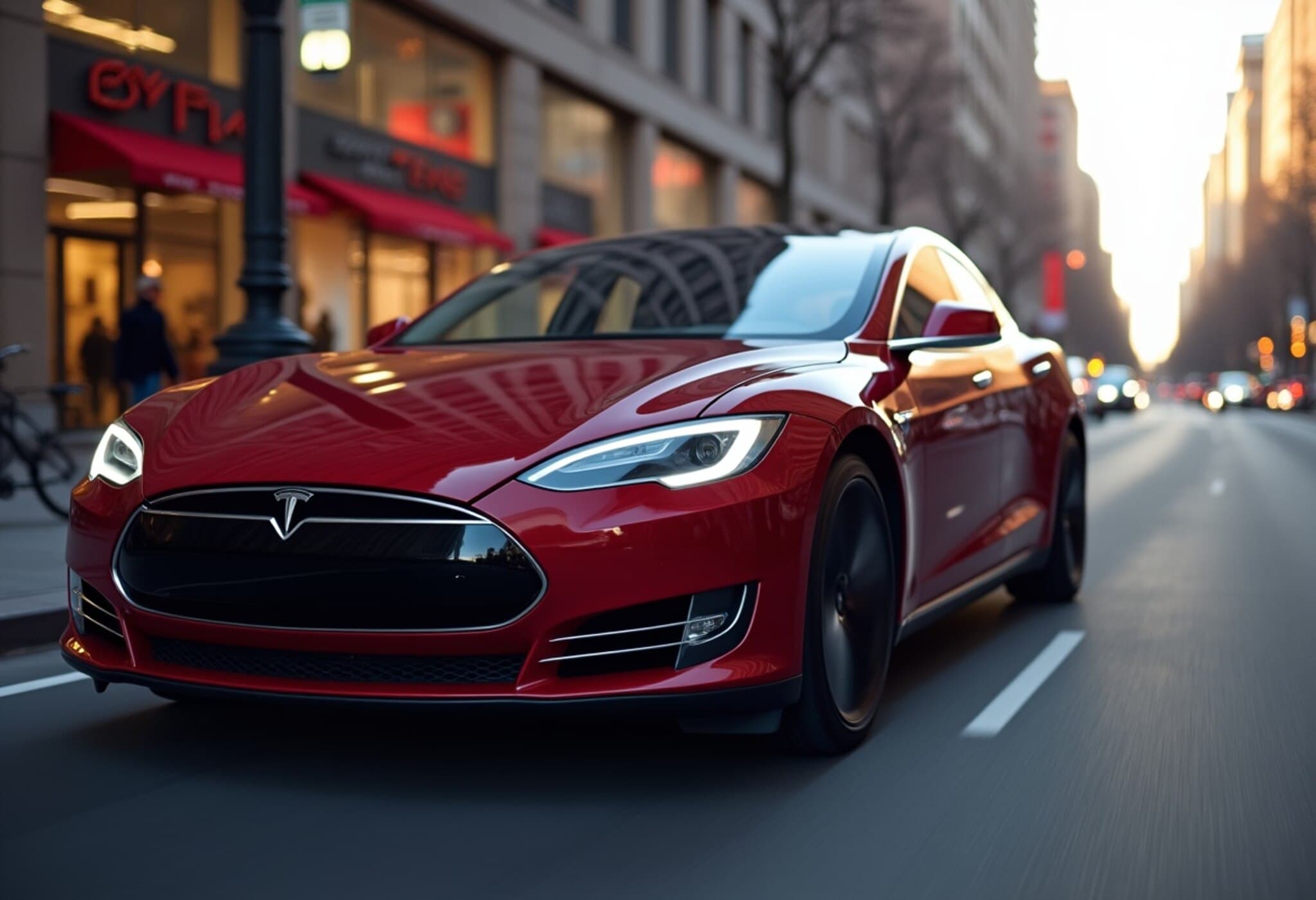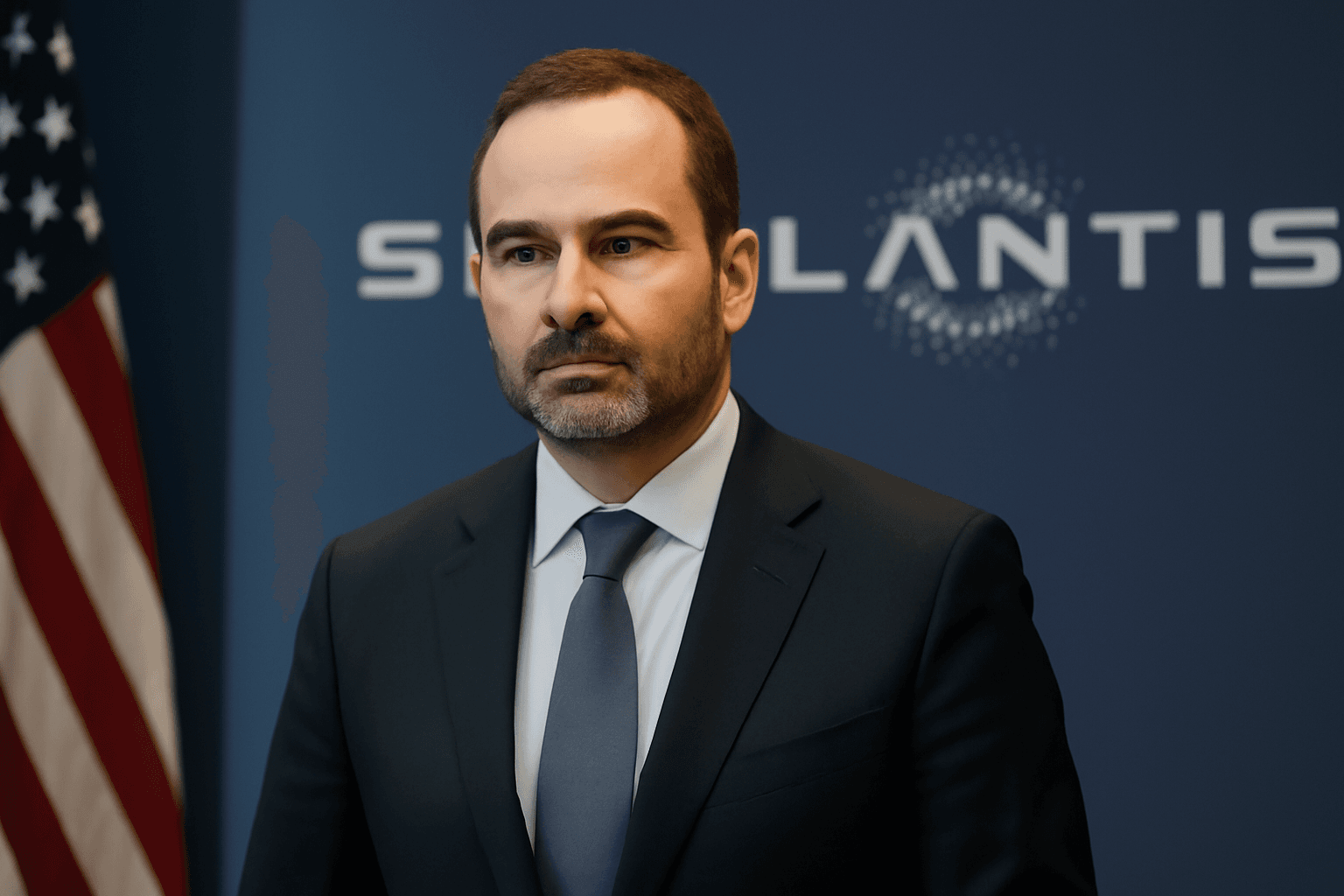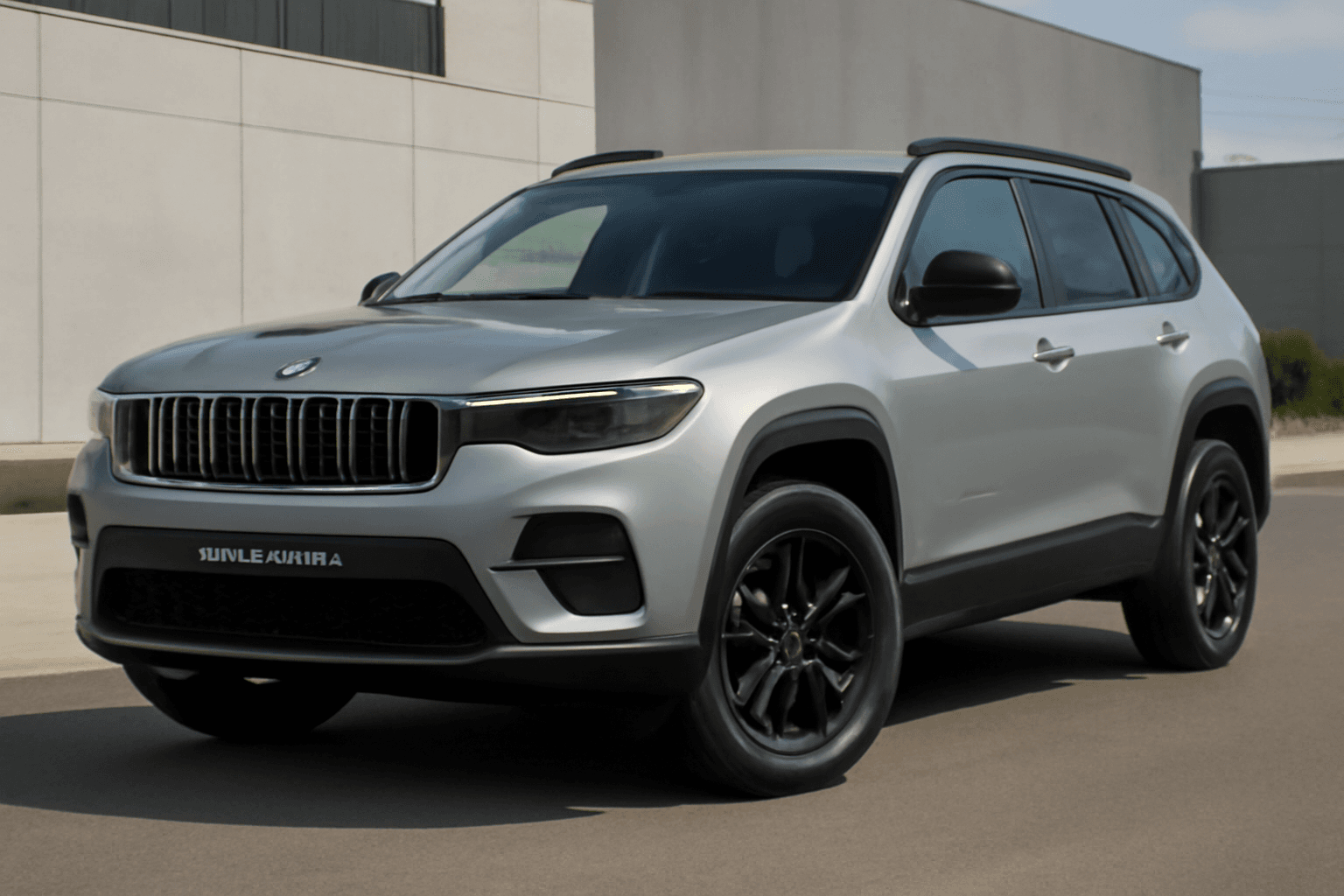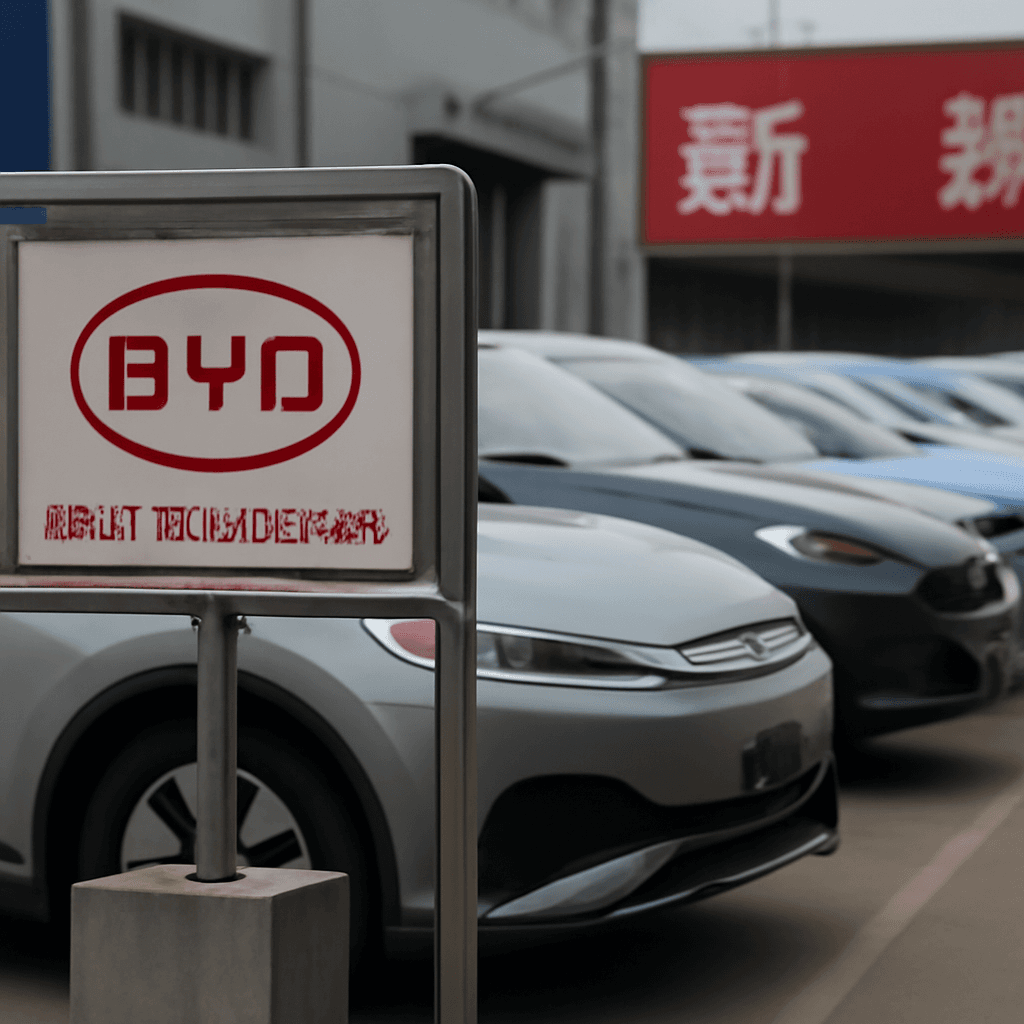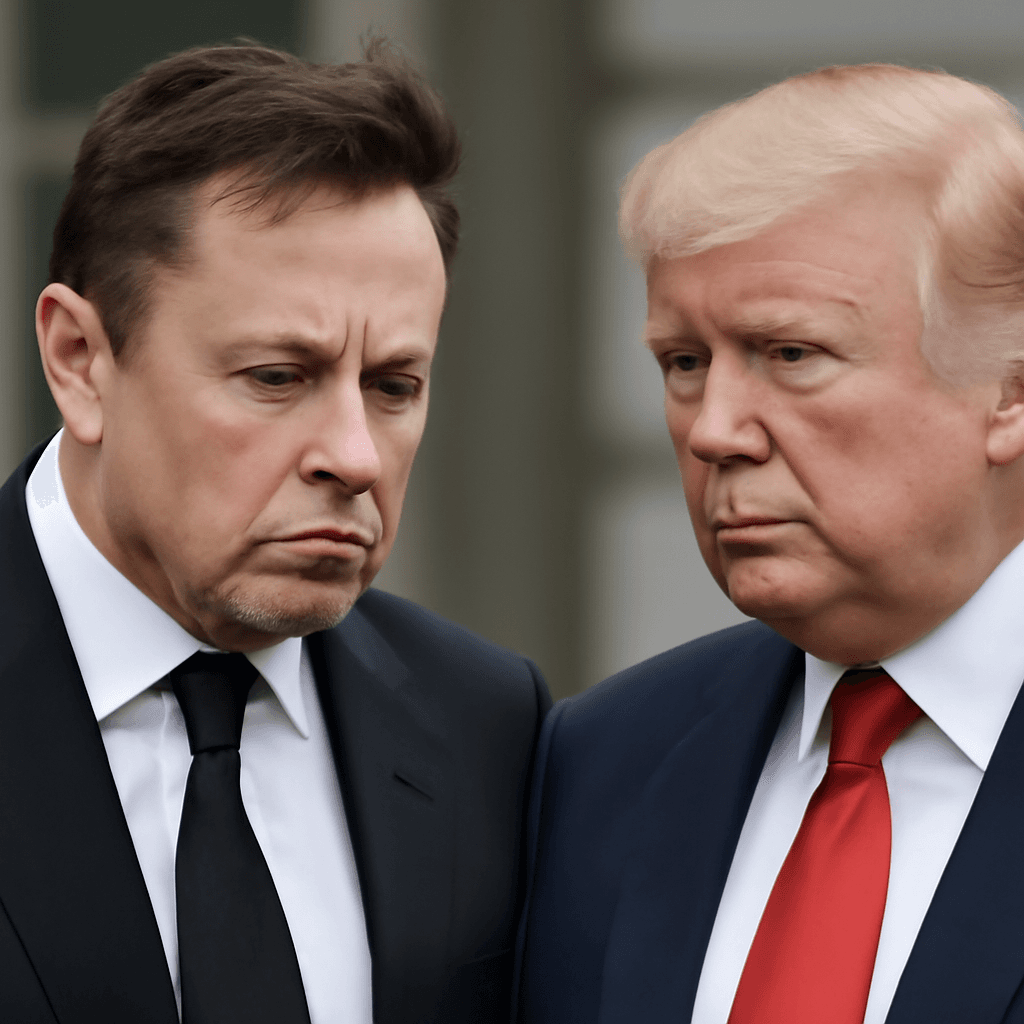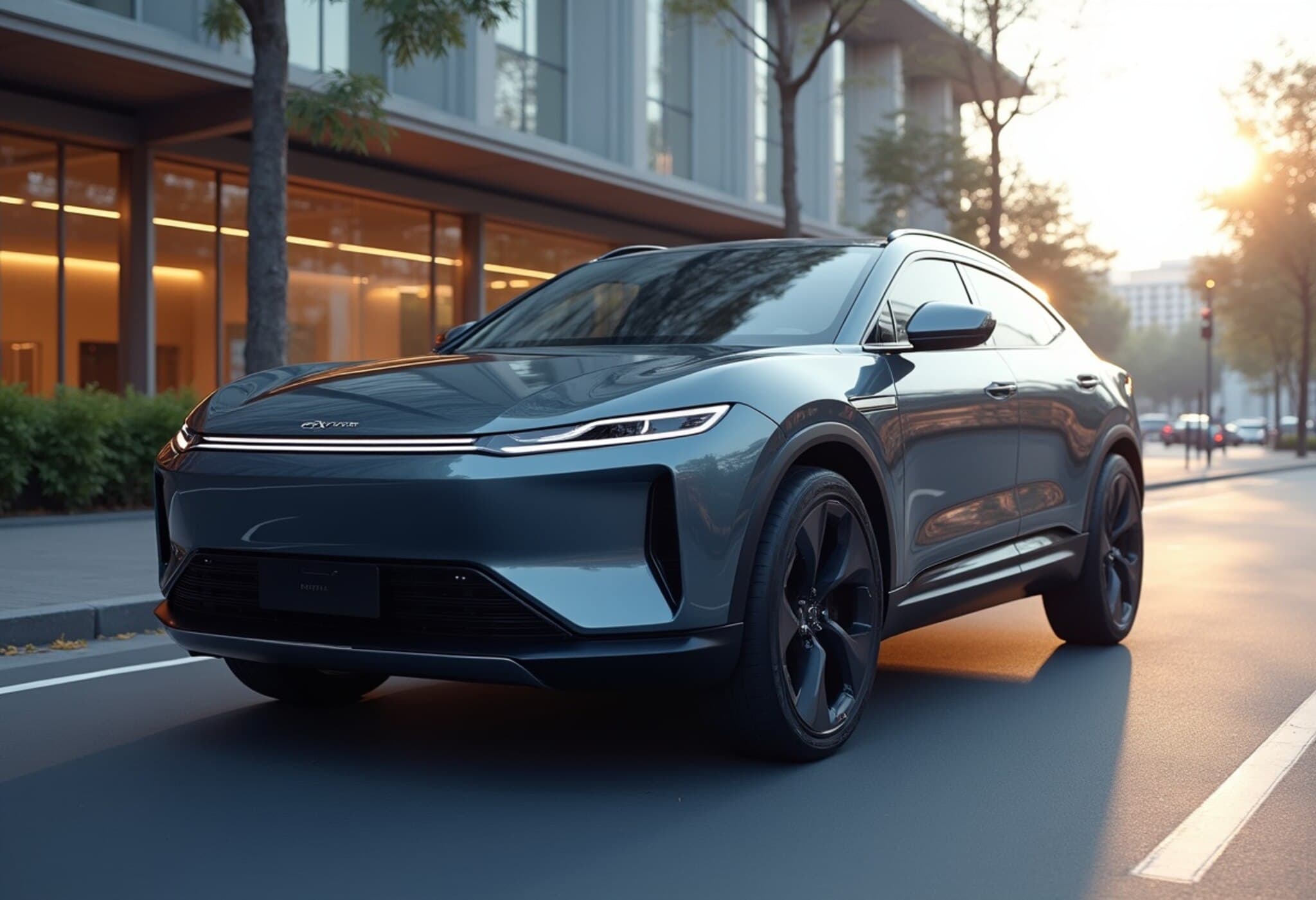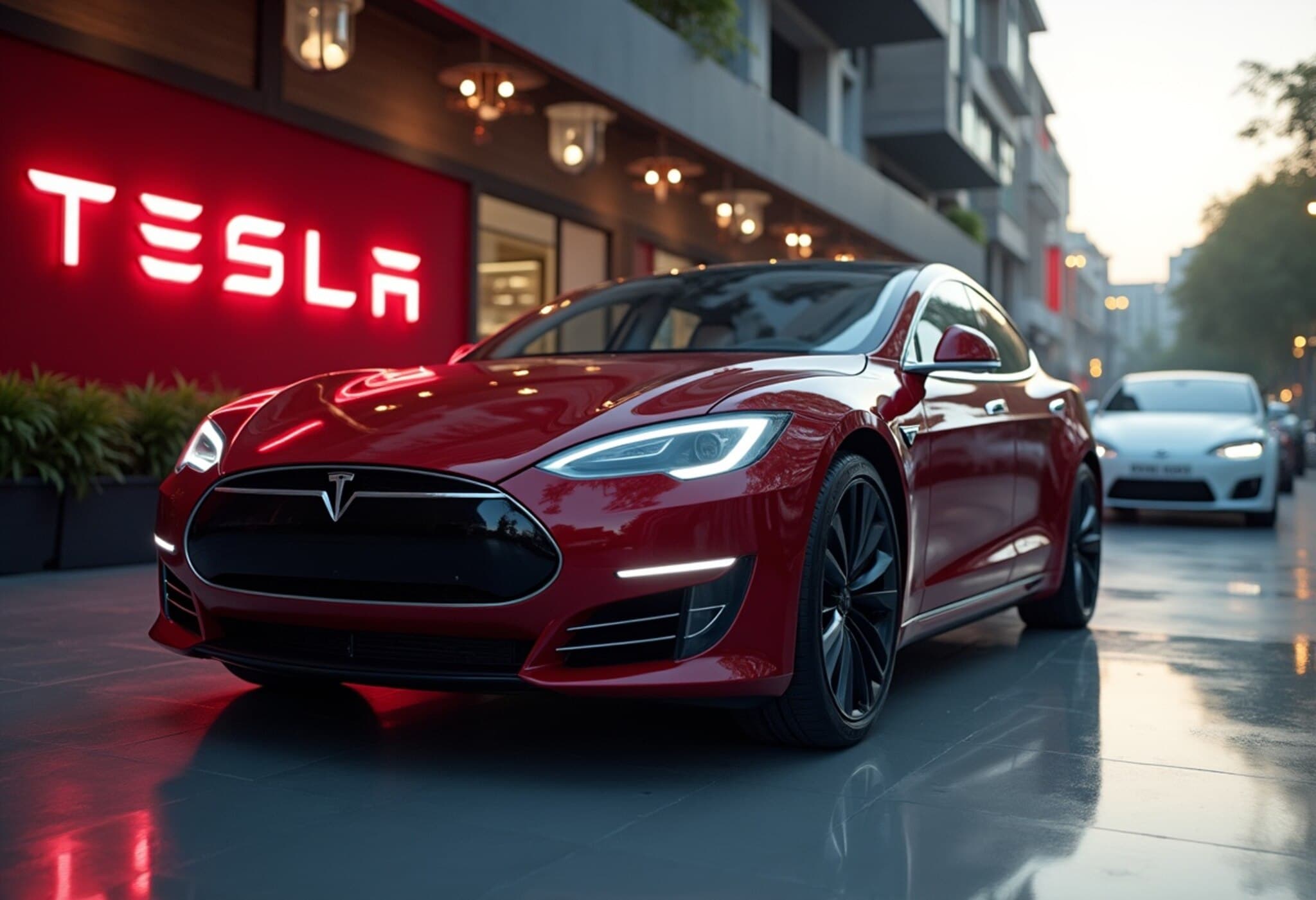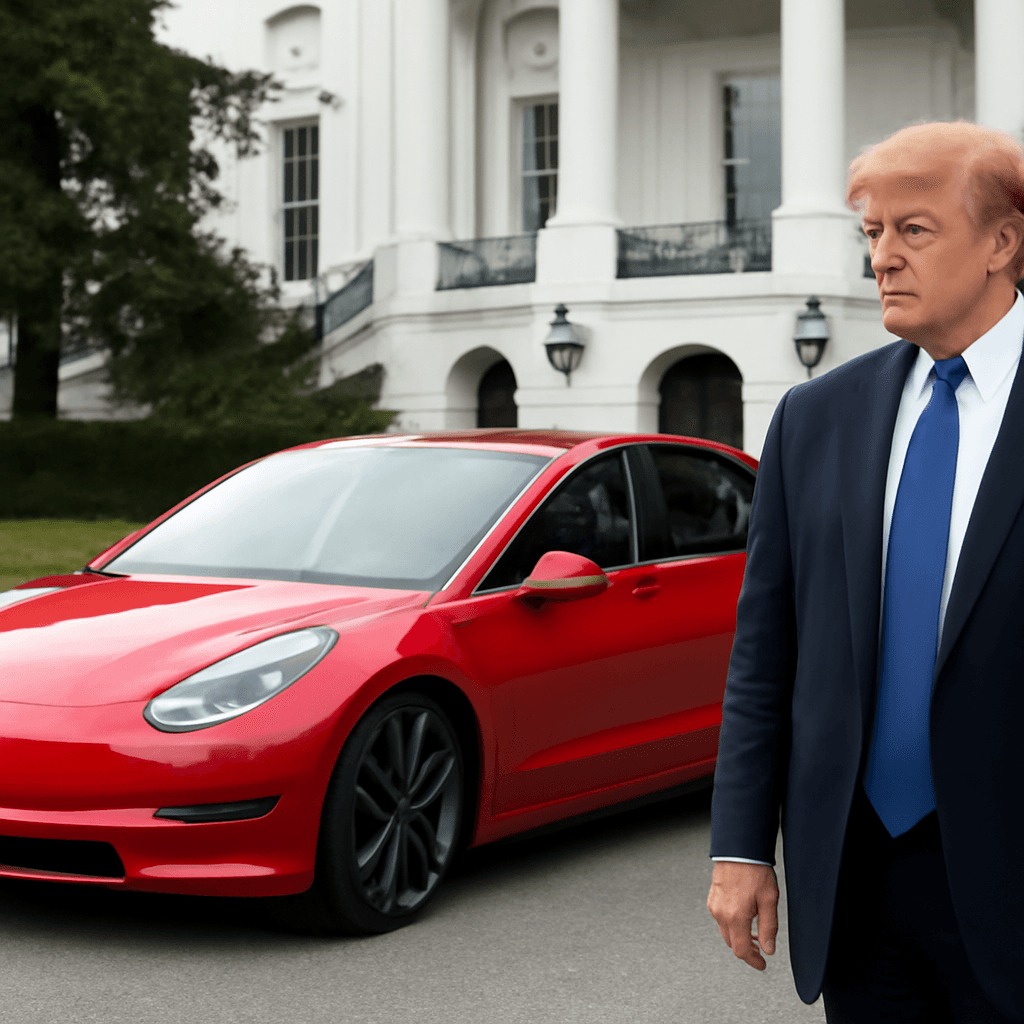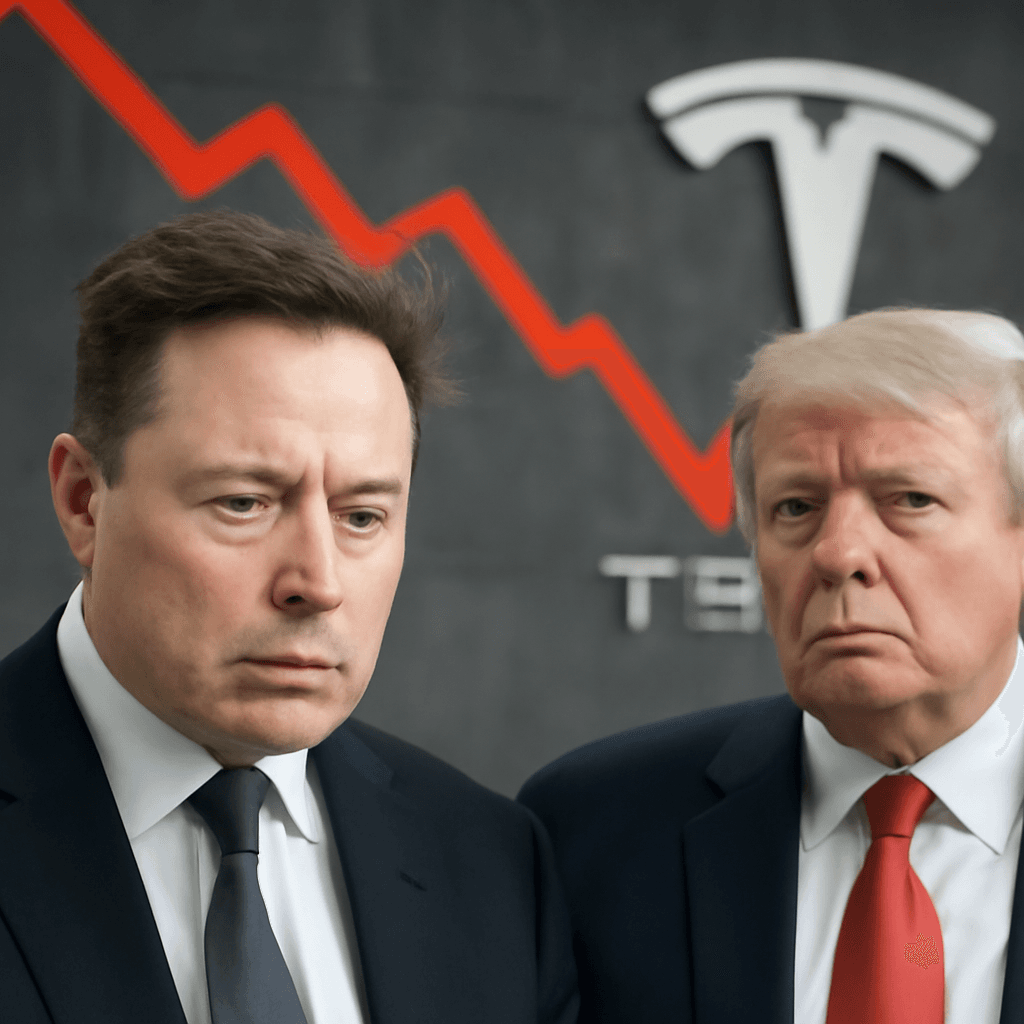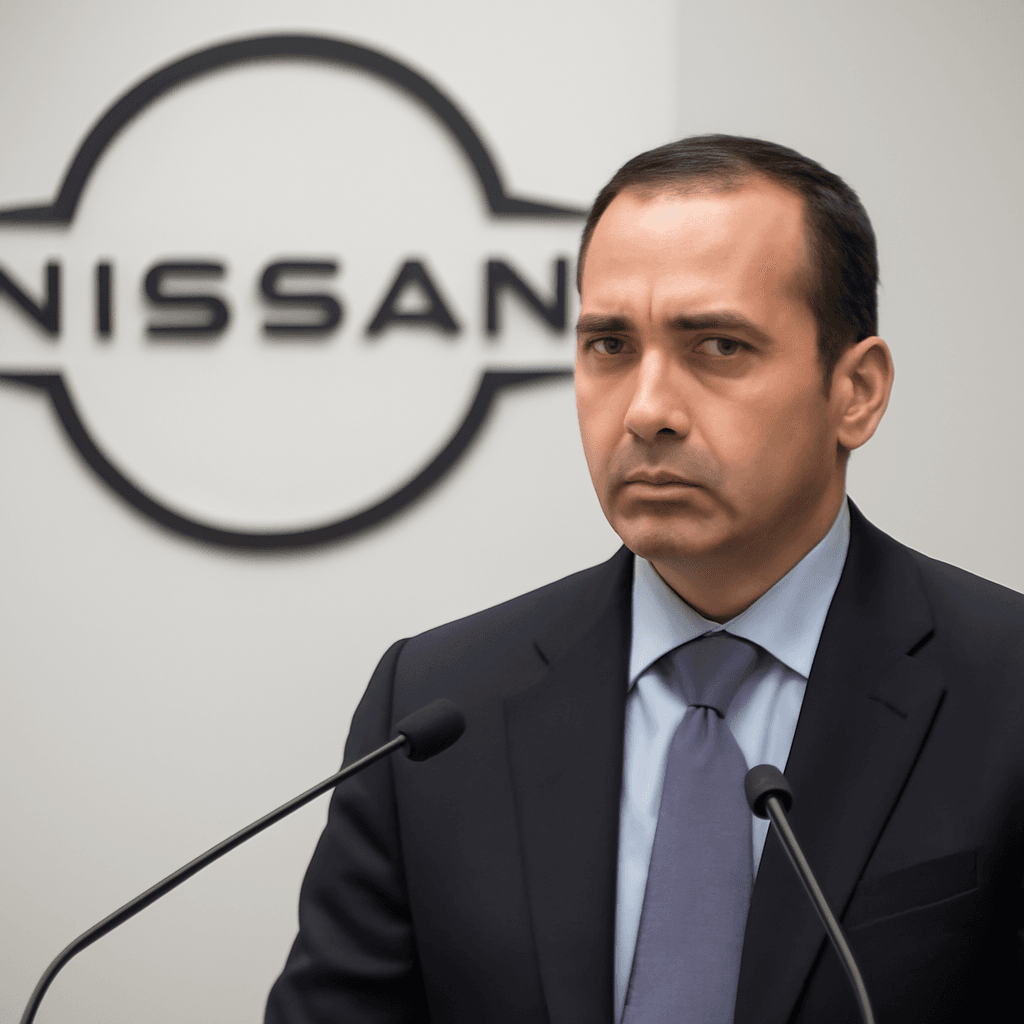GM and LG Upgrade Tennessee Facility to Manufacture Low-Cost EV Batteries
In a significant stride toward making electric vehicles (EVs) more accessible, General Motors (GM) and LG Energy Solution announced an upgrade to their joint venture, Ultium Cells' plant in Spring Hill, Tennessee. This expansion aims to produce more affordable lithium iron phosphate (LFP) battery cells, a technology expected to reshape the cost dynamics of EV batteries.
Innovating Beyond Traditional Battery Materials
The newly enhanced facility will focus on producing LFP batteries, which stand out because they do not rely on costly and environmentally contentious minerals like cobalt and nickel commonly found in traditional lithium-ion batteries. This manufacturing shift is poised to reduce battery costs significantly, thereby lowering the overall price tag of EVs.
"This upgrade at Spring Hill will enable us to scale production of lower-cost LFP cell technologies in the U.S., complementing our high-nickel and future lithium manganese-rich solutions and further diversifying our growing EV portfolio," said Kurt Kelty, GM’s Vice President of Batteries, Propulsion, and Sustainability.
Why This Matters for the U.S. EV Market
GM currently offers 12 electric vehicle models ranging roughly from $35,000 to upward of $300,000, spanning varying consumer needs and budgets. The introduction of more affordable LFP battery cells could be a game-changer in narrowing the price gap and accelerating EV adoption among mainstream buyers.
The Spring Hill upgrade builds on the original $2.3 billion investment GM and LG made in 2021 to establish the Ultium Cells plant. Although the companies have not disclosed the precise amount earmarked for this enhancement, the scale of the project underscores ongoing commitment amid evolving market conditions.
Production Timeline and Future Outlook
Ultium Cells anticipates commencing commercial production of LFP battery cells by late 2027. This timeline reflects the complexities involved in battery chemistry development and production scale-up, balancing innovation with reliability and safety standards.
Notably, GM is simultaneously advancing different battery technologies tailored to various vehicle types, such as high-nickel and lithium manganese-rich cells, optimizing for performance factors including range, charging speed, and energy density. This layered approach to battery chemistry reflects the nuanced demands across the EV spectrum.
Contextualizing GM’s Broader EV Strategy
The announcement dovetails with GM’s broader commitment to electric mobility. In 2021, GM CEO Mary Barra vowed to prioritize electric vehicle leadership with a planned investment of $35 billion through 2025. However, the automaker has since adjusted timelines and investment pace in response to slower-than-anticipated customer demand and global supply chain challenges.
This strategy highlights a pragmatic approach—balancing bold electrification ambitions with real-world market signals, economic pressures, and evolving consumer preferences.
Expert Insight: The Promise and Challenges of LFP Batteries
Battery industry experts consider LFP chemistry a key pillar for affordable, safe, and sustainable EV growth, especially in entry-level models and emerging markets. Unlike cobalt- or nickel-heavy batteries, LFP cells offer enhanced thermal stability, improved lifecycle, and lower raw material volatility.
- Cost efficiency: Lower reliance on scarce metals reduces price fluctuations and geopolitical risks.
- Safety advantages: LFP batteries are less prone to overheating, which can mitigate fire hazards.
- Environmental impact: Utilizing more abundant materials allows for more sustainable mining and recycling practices.
However, the trade-off often lies in energy density, where LFP batteries typically deliver somewhat less range per charge compared to high-nickel variants, requiring automakers to carefully balance consumer expectations and technological limits.
What Lies Ahead for Consumers and Policy Makers?
This development is particularly relevant in the context of U.S. climate goals and the federal push for domestic EV supply chains under initiatives like the Inflation Reduction Act. By expanding domestic battery production capacity with advanced, cost-effective technologies, GM and LG are contributing to U.S. energy security and job creation at a time when supply chain independence is paramount.
For consumers, lower battery costs could pave the way for more affordable EVs, potentially accelerating the transition away from internal combustion engines and driving down transportation emissions nationwide.
Editor's Note
The GM-LG partnership’s investment in LFP battery production represents a meaningful step in democratizing EV technology. Yet, critical questions remain: Will scaling production help overcome consumer hesitancy tied to range or charging infrastructure? How will this fit within the broader ecosystem of sustainable mining and battery recycling? And importantly, how might policy frameworks need to evolve to bolster such domestic manufacturing efforts while ensuring environmental safeguards?
As the EV market matures, understanding these nuances is essential — not just for industry insiders, but for all Americans invested in the path to clean transportation.

